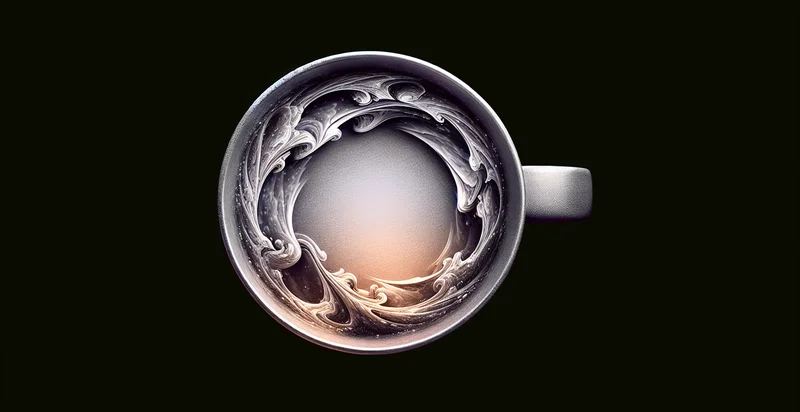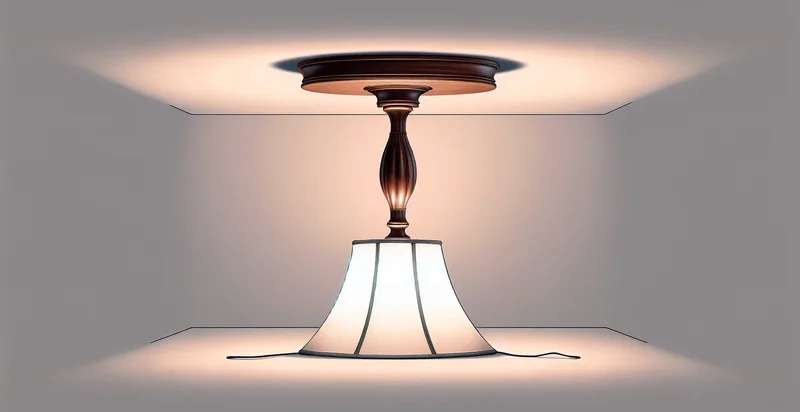Identify if cup is upside down
using AI
Below is a free classifier to identify if cup is upside down. Just upload your image, and our AI will predict if the cup is upside down - in just seconds.

Contact us for API access
Or, use Nyckel to build highly-accurate custom classifiers in just minutes. No PhD required.
Get started
import nyckel
credentials = nyckel.Credentials("YOUR_CLIENT_ID", "YOUR_CLIENT_SECRET")
nyckel.invoke("if-cup-is-upside-down", "your_image_url", credentials)
fetch('https://www.nyckel.com/v1/functions/if-cup-is-upside-down/invoke', {
method: 'POST',
headers: {
'Authorization': 'Bearer ' + 'YOUR_BEARER_TOKEN',
'Content-Type': 'application/json',
},
body: JSON.stringify(
{"data": "your_image_url"}
)
})
.then(response => response.json())
.then(data => console.log(data));
curl -X POST \
-H "Content-Type: application/json" \
-H "Authorization: Bearer YOUR_BEARER_TOKEN" \
-d '{"data": "your_image_url"}' \
https://www.nyckel.com/v1/functions/if-cup-is-upside-down/invoke
How this classifier works
To start, upload your image. Our AI tool will then predict if the cup is upside down.
This pretrained image model uses a Nyckel-created dataset and has 2 labels, including Cup Upright and Cup Upside Down.
We'll also show a confidence score (the higher the number, the more confident the AI model is around if the cup is upside down).
Whether you're just curious or building if cup is upside down detection into your application, we hope our classifier proves helpful.
Related Classifiers
Need to identify if cup is upside down at scale?
Get API or Zapier access to this classifier for free. It's perfect for:
- Quality Control in Manufacturing: This use case involves using the "is cup upside down" identifier in the quality assurance process of cup manufacturing. The system can automatically detect if the cups are produced and placed incorrectly on the assembly line, ensuring that only properly oriented products proceed to the packaging stage.
- Inventory Management in Retail: Retail stores can leverage this image classification function to manage inventory efficiently. By using cameras to monitor display shelves, the system can identify cups placed upside down, prompting employees to fix the arrangement and maintain an appealing product presentation.
- Robotics in Warehousing: In automated warehousing systems, the identifier can be integrated into robotic systems that handle cup storage and retrieval. By ensuring that cups are stored and picked up correctly, the robots can minimize damage and improve operational efficiency.
- Smart Home Devices: Smart kitchen devices or assistants can utilize this technology to monitor kitchen settings. For instance, if a user accidentally leaves a cup upside down on the counter, the device can notify them to avoid messes or spills.
- Food Safety Compliance: In food service environments, ensuring that cups are oriented correctly can be crucial for hygiene standards. This image classification feature can be employed in dishwashing stations to check that all cups are positioned properly on drying racks, thus preventing contamination.
- Customer Engagement in Cafés: Cafés can use the identifier for interactive customer service. For example, a digital display could indicate when a cup is upside down on a table, suggesting the barista come by and check if the customer needs assistance or refills, enhancing the overall experience.
- Augmented Reality Applications: Augmented reality (AR) applications for interior design can benefit from this functionality by using it to guide users on proper table settings. By recognizing when a cup is placed upside down, the AR system can provide corrective advice or suggest design options to improve the dining experience.


